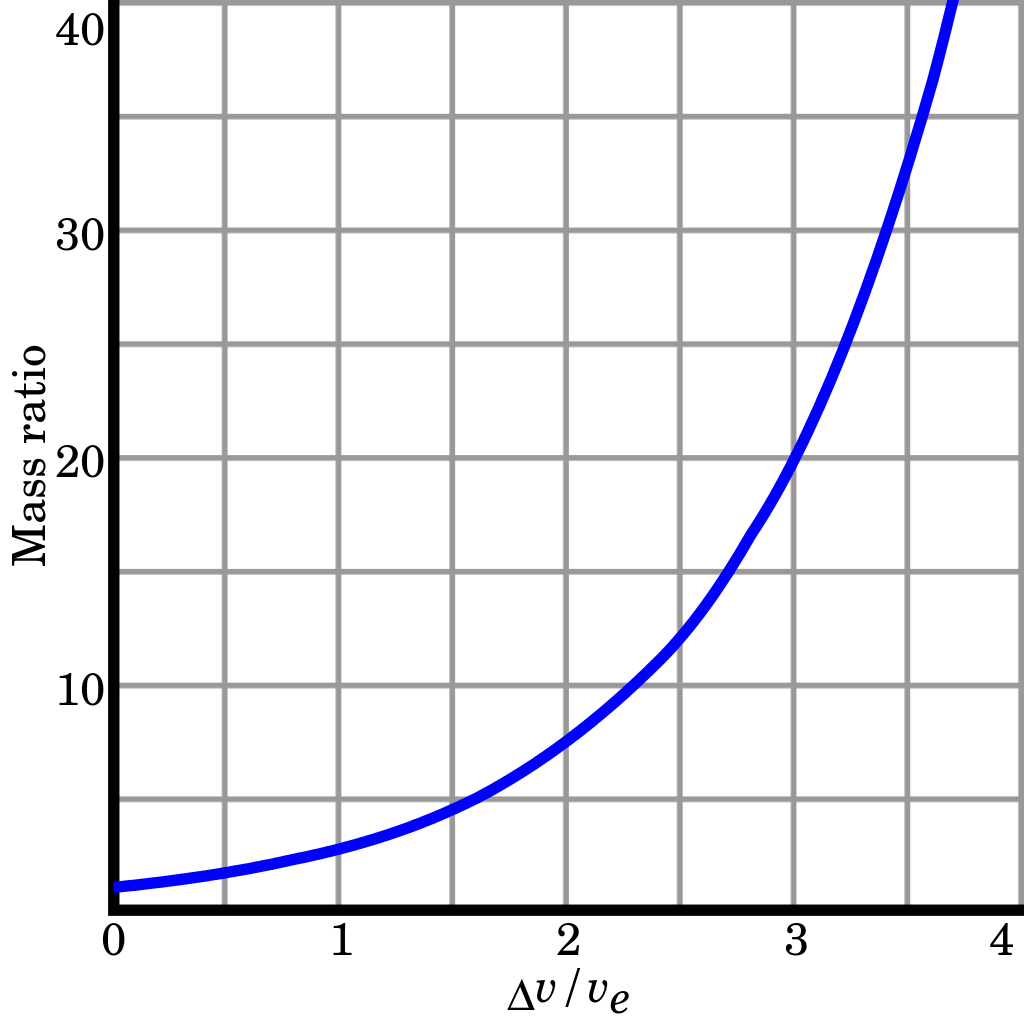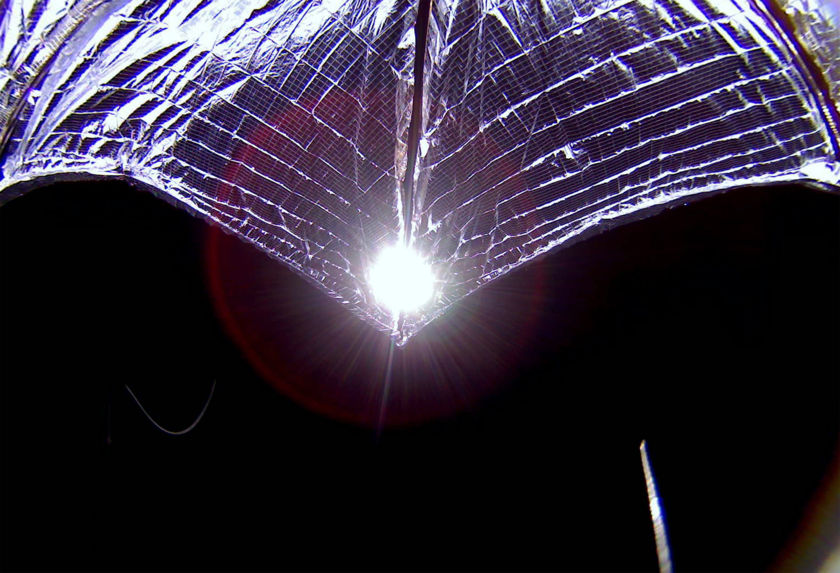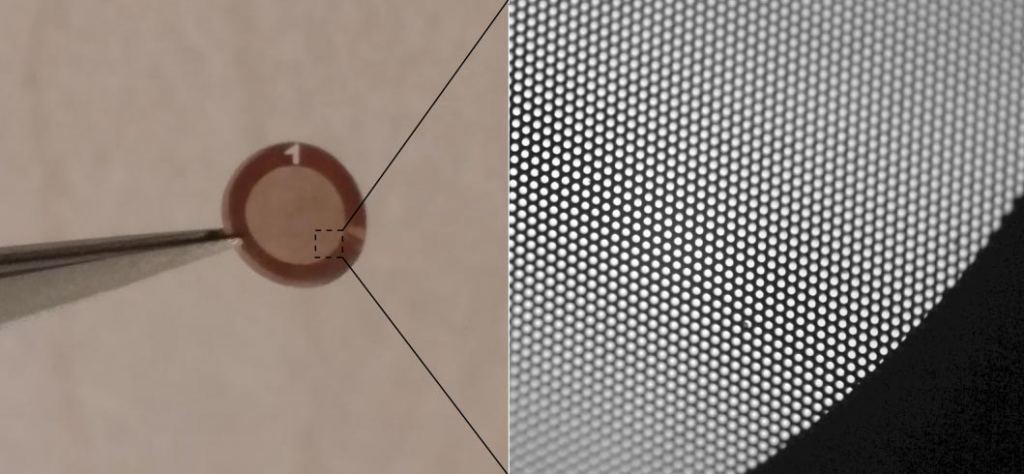If we want to travel to the stars, we’re going to have to be creative. Conventional rockets aren’t nearly powerful enough to allow us to journey across light-years in a reasonable time. Even nuclear rockets might not be enough. So what’s humanity to do? The answer could be a light sail.

The challenge of any space journey comes down to delta-v. That is, how much you can change your speed relative to the speed of Earth. To gain delta-v, you need to have some kind of thrust. Rockets are a great way to get delta-v, but they have one big downside. Rocket fuel needs to be carried with you, and that means the faster you want to go the more fuel you need to carry. In other words, the greater the delta-v, the greater your mass to payload ratio.
You can reduce this ratio with an efficient rocket, and there are tricks such as fly-by maneuvers used by many of our space probes. But none of this will get you to a fraction of the speed of light, and that’s the kind of speed an interstellar spaceship would need. So if the problem is your need to carry fuel, why not get rid of the need for fuel altogether?

This is where light sails come in. Rather than creating thrust by throwing hot gas out of a rocket nozzle, light sails reflect sunlight, or light from a powerful laser. The photons of light don’t have any mass, but they do have momentum. When photons strike a surface, it gives that surface a tiny push. This happens on Earth all the time, but we never notice it because the push is extraordinarily small.
We know the idea can work. In 2015, and again in 2019, the Planetary Society launched test light sails as a proof of concept. They showed that sunlight could be used to boost the orbit of a small satellite. But there is still a long way to go before light sails will be practical.
To get a serious push from light, your light sail will need to be huge. On the order of kilometers across, even for a small spacecraft. With material such as reflective mylar, the sail would have so much mass that most of the thrust gained would be wasted on the sail itself. What we need is an extremely light material that is still strong enough to do the job.

Recently at team looked at one of the lightest materials we could use: graphene. Graphene is a sheet of carbon atoms in a hexagon tile pattern. It’s incredibly strong and could form a light sail only one atom thick. Right now, we can only manufacture small sheets of graphene, so the team constructed a miniature light sail only 3mm across and with a mass of less than 250 micrograms. The team then placed their little sail in a microgravity chamber and illuminated it with lasers ranging in power from 0.1 W to 1 W. The sail gained an acceleration ten times larger than it could have gained just by radiating heat.
The light sail worked. The study is a good demonstration that a graphene sail can capture the push of light. The next and larger challenge is to scale up the size of a graphene sail. Larger sheets of graphene have been made, but nothing near a kilometer in scale. Interstellar travel is still a long way off, but we now know there could be light at the end of the tunnel.
Reference: Gaudenzi, Rocco, Davide Stefani, and Santiago Jose Cartamil-Bueno. “Light-induced propulsion of graphene-on-grid sails in microgravity.” Acta Astronautica (2020).

